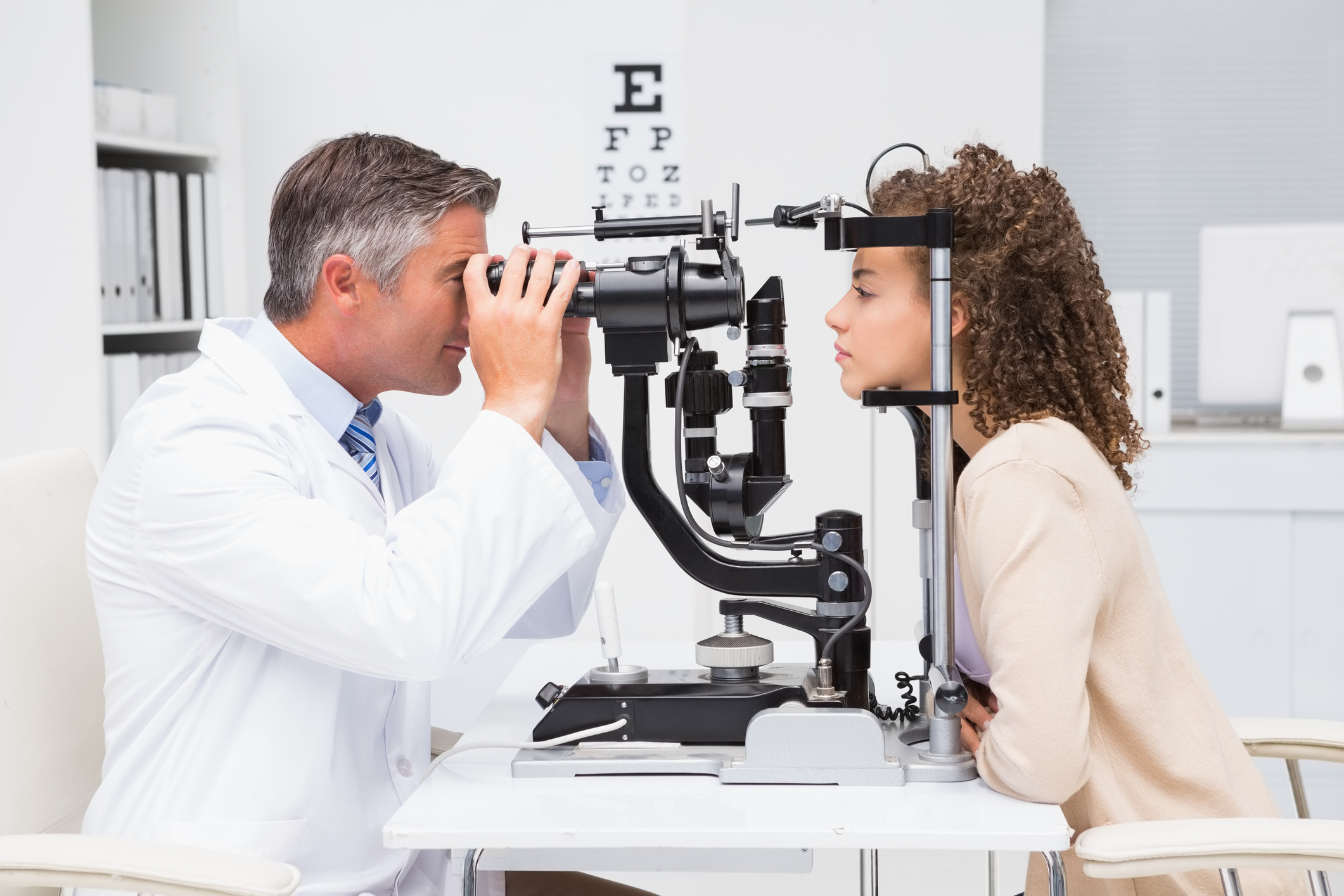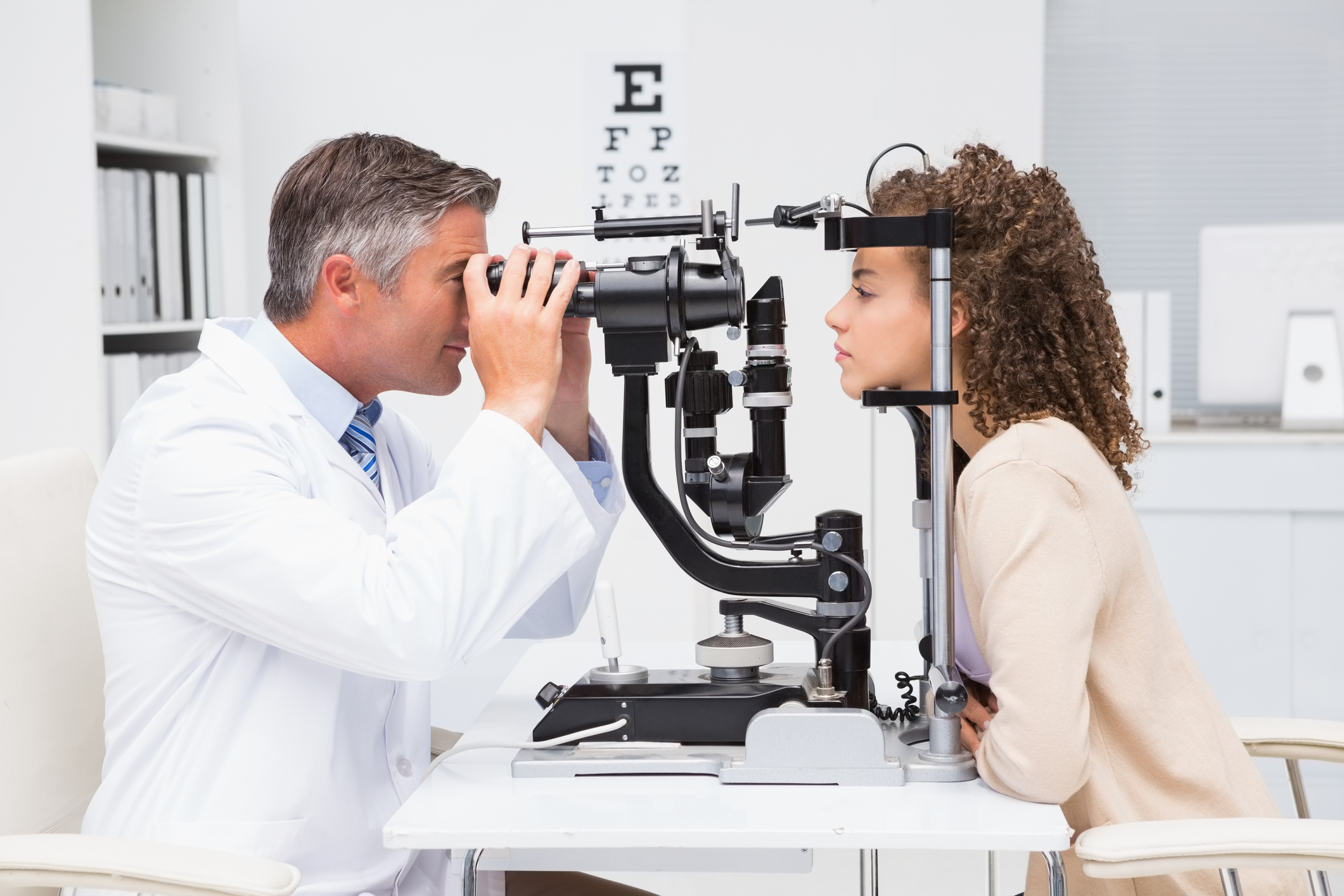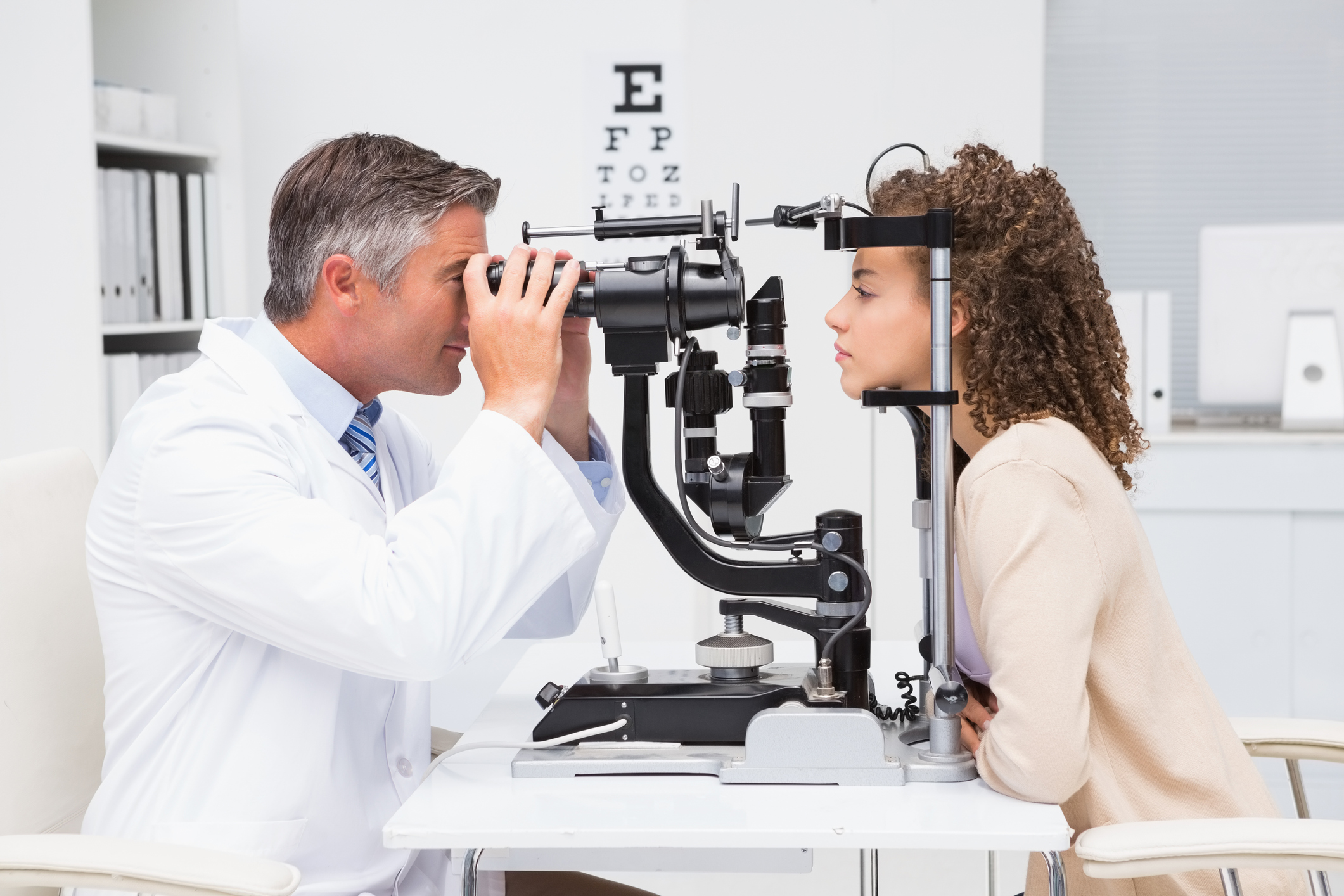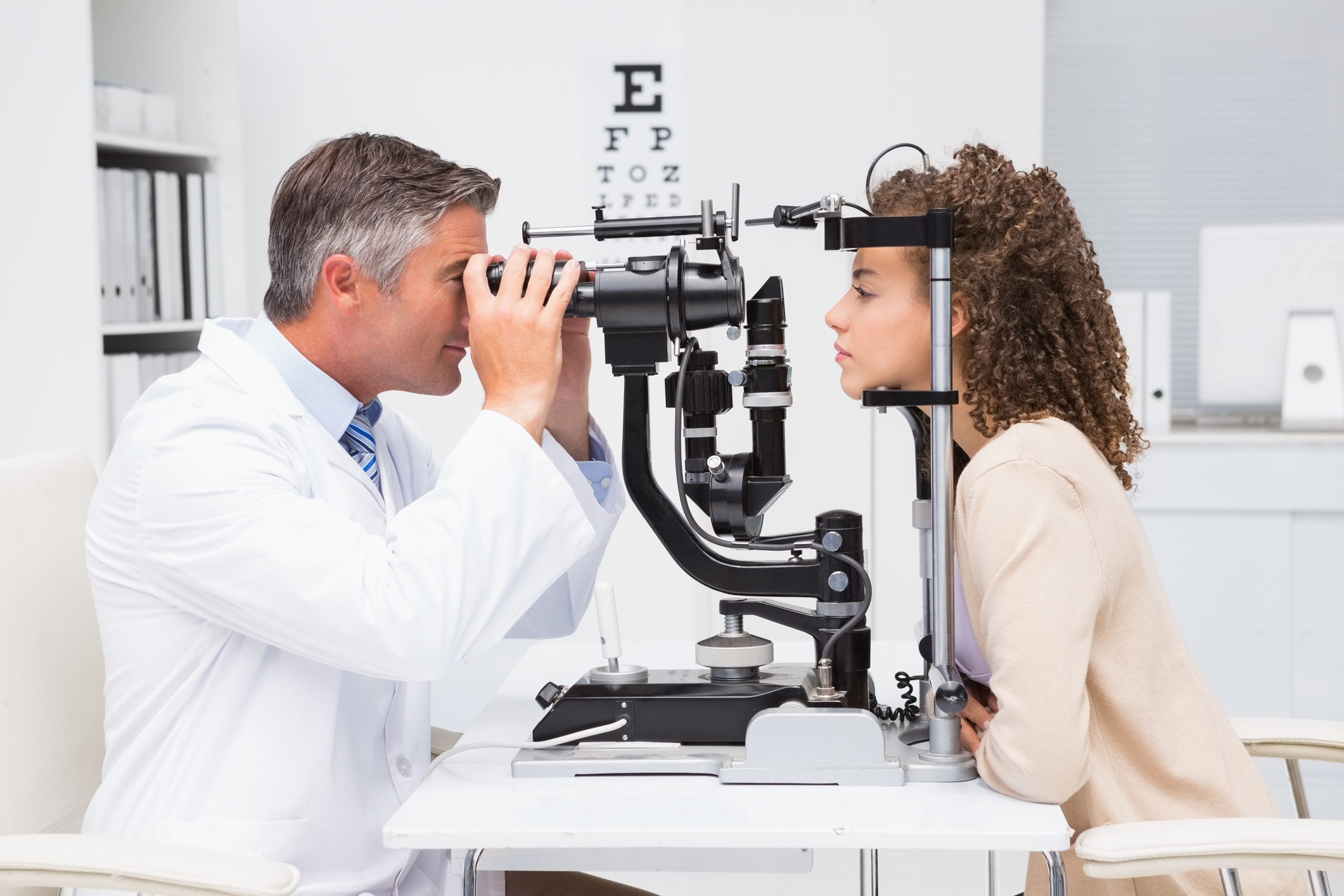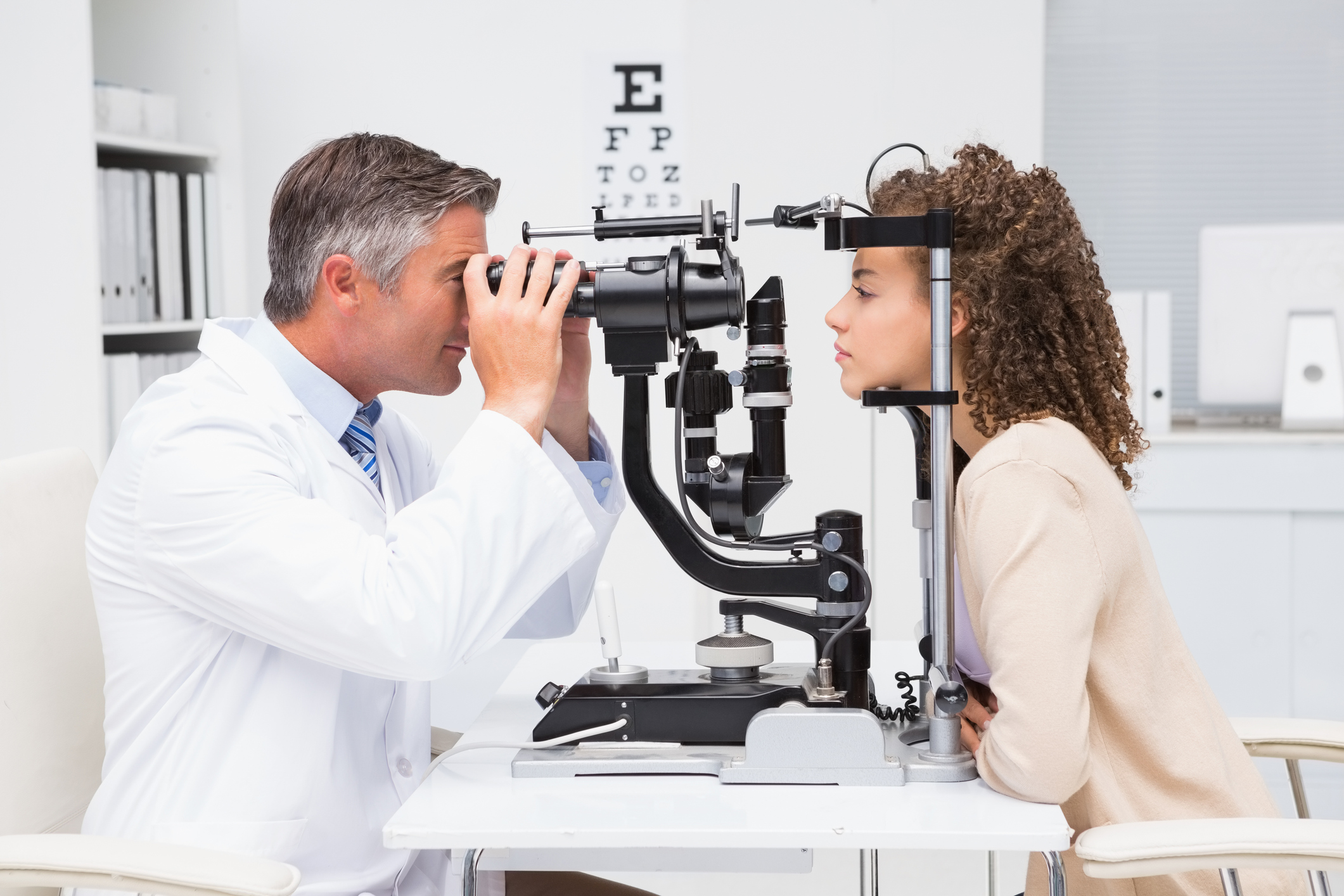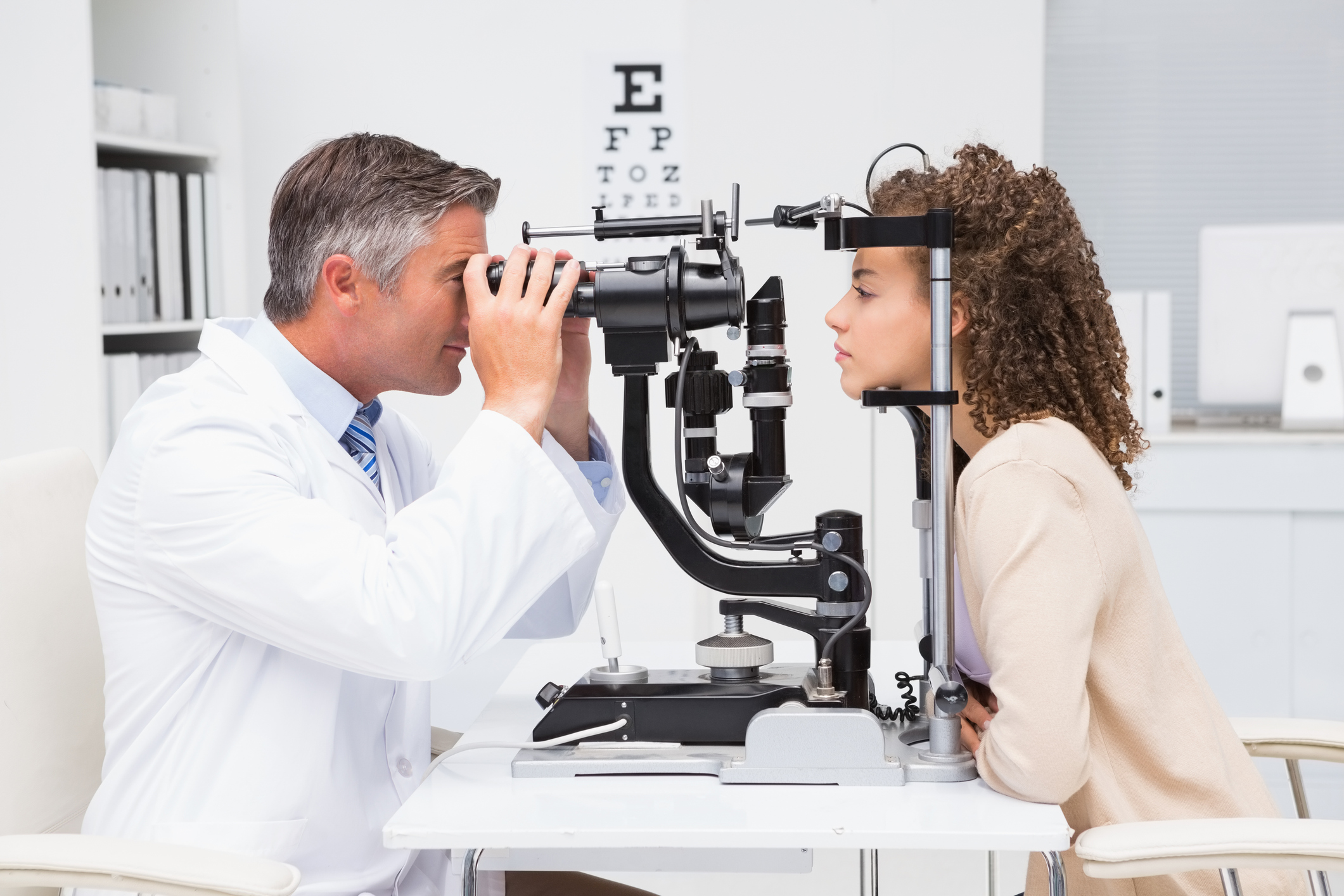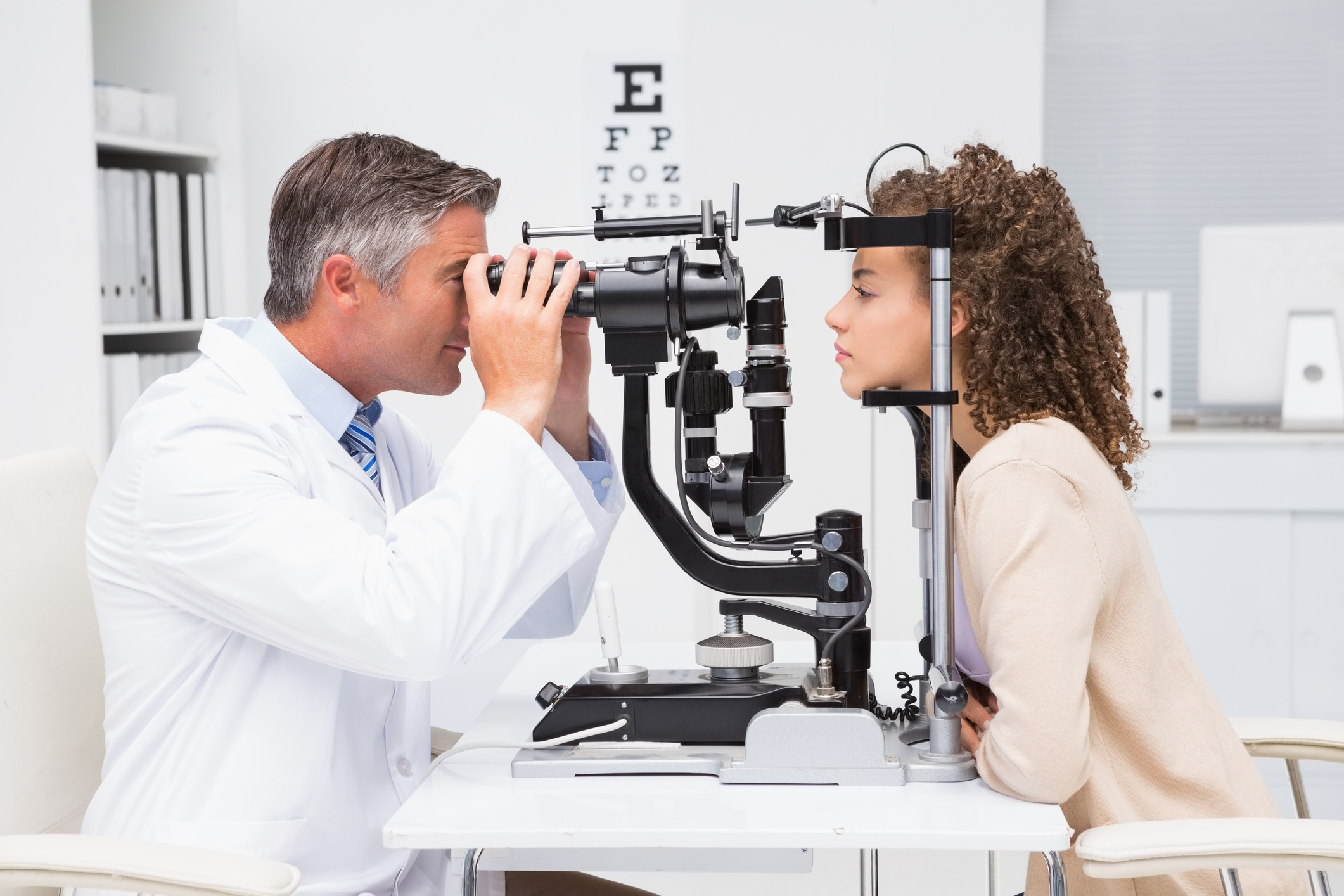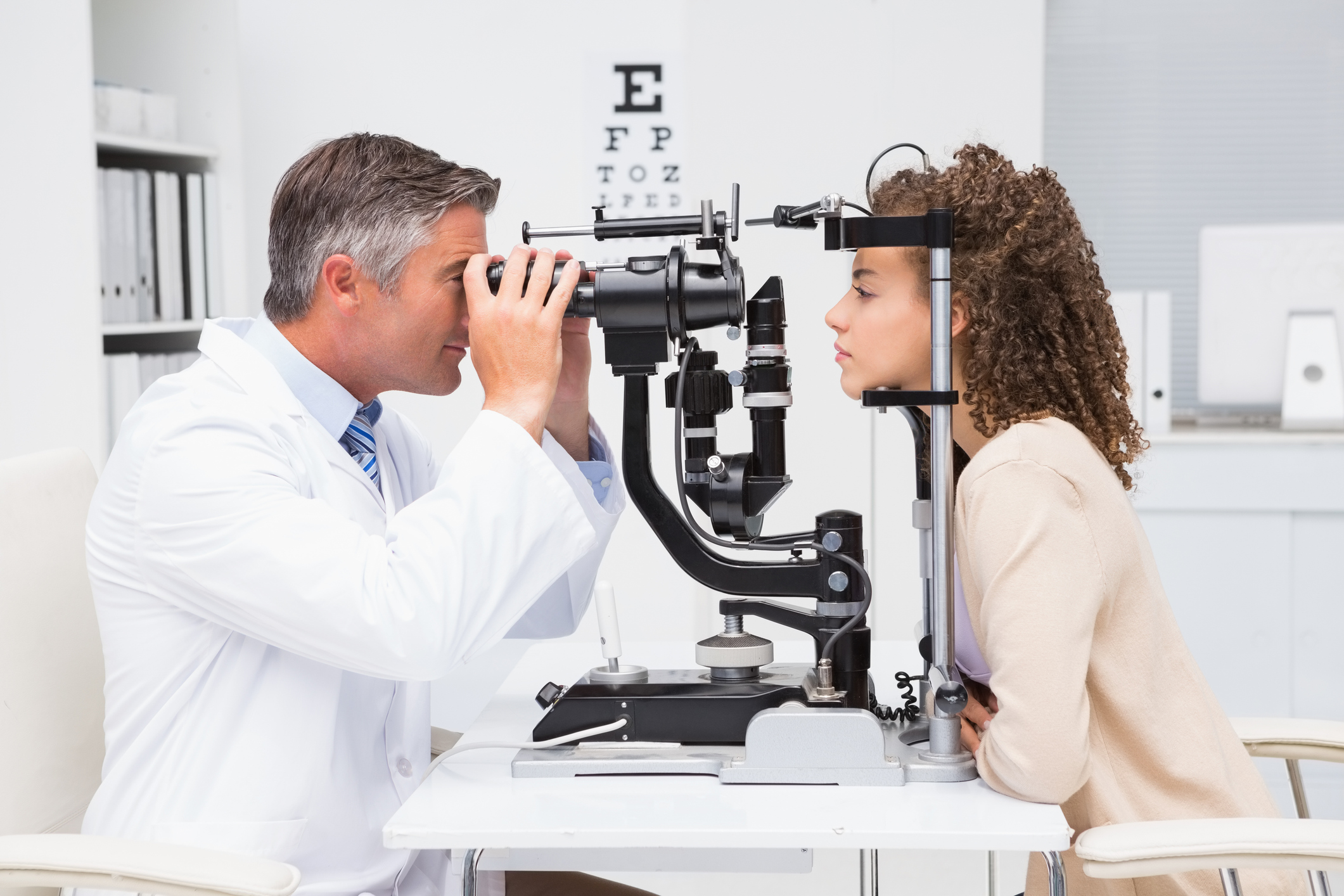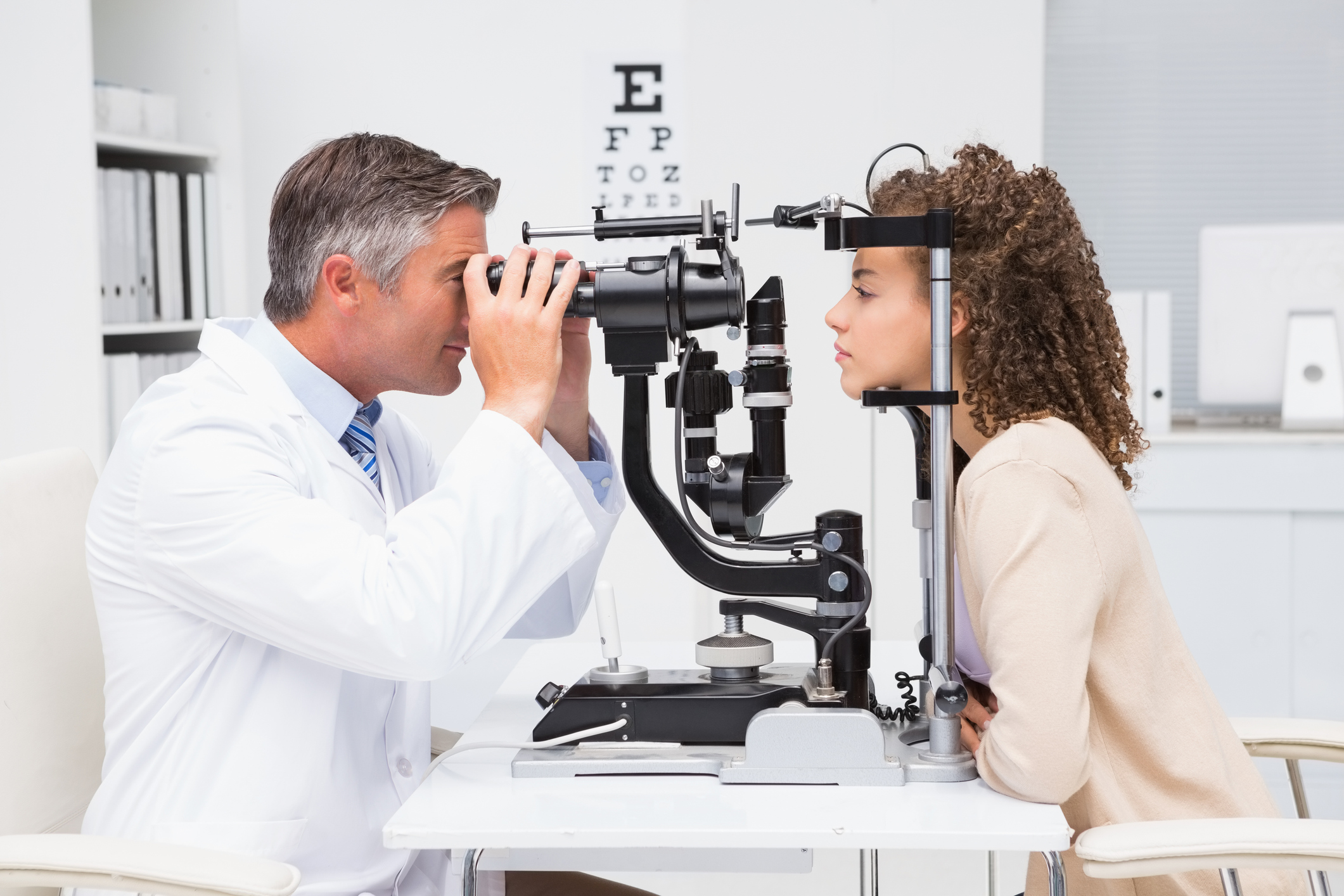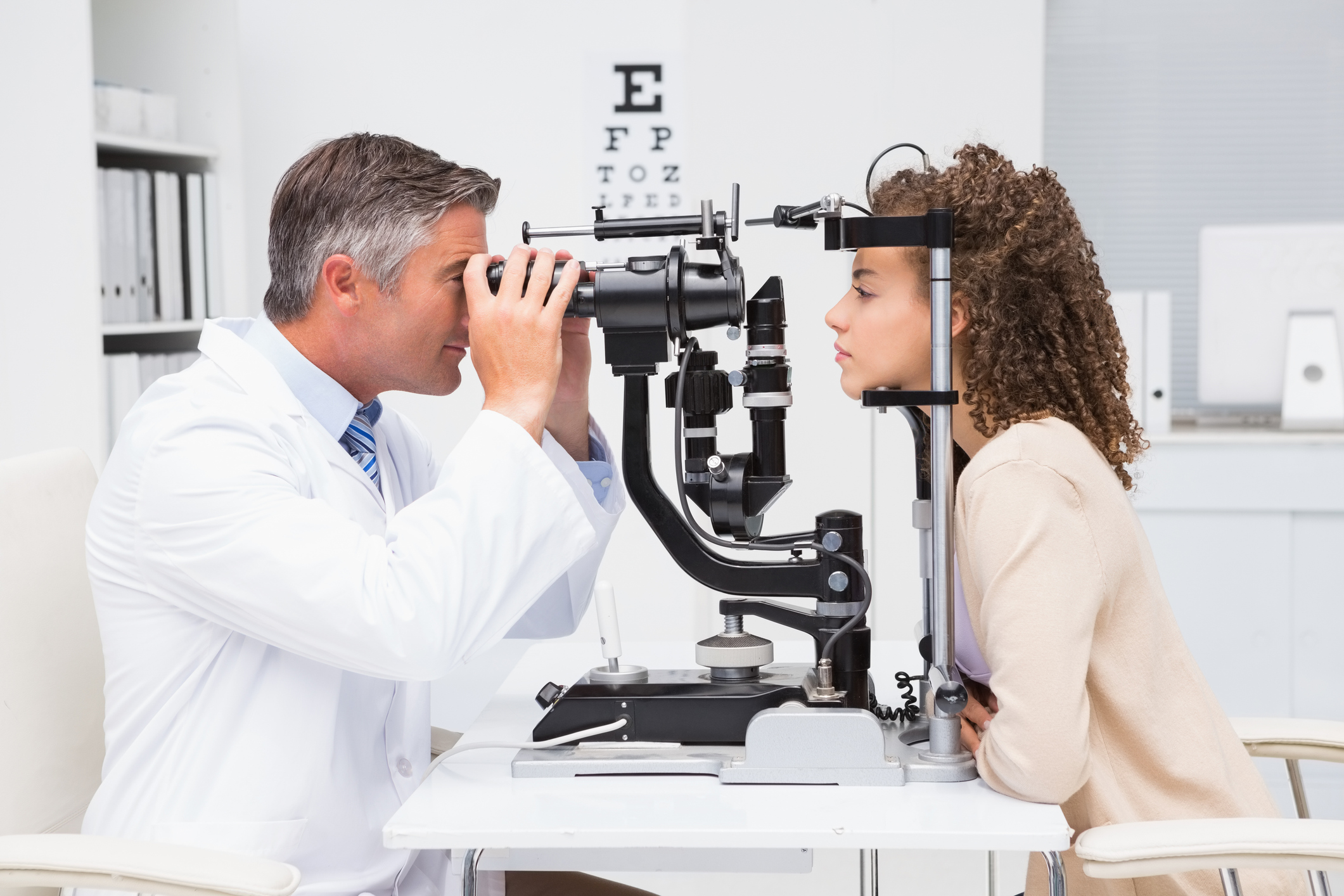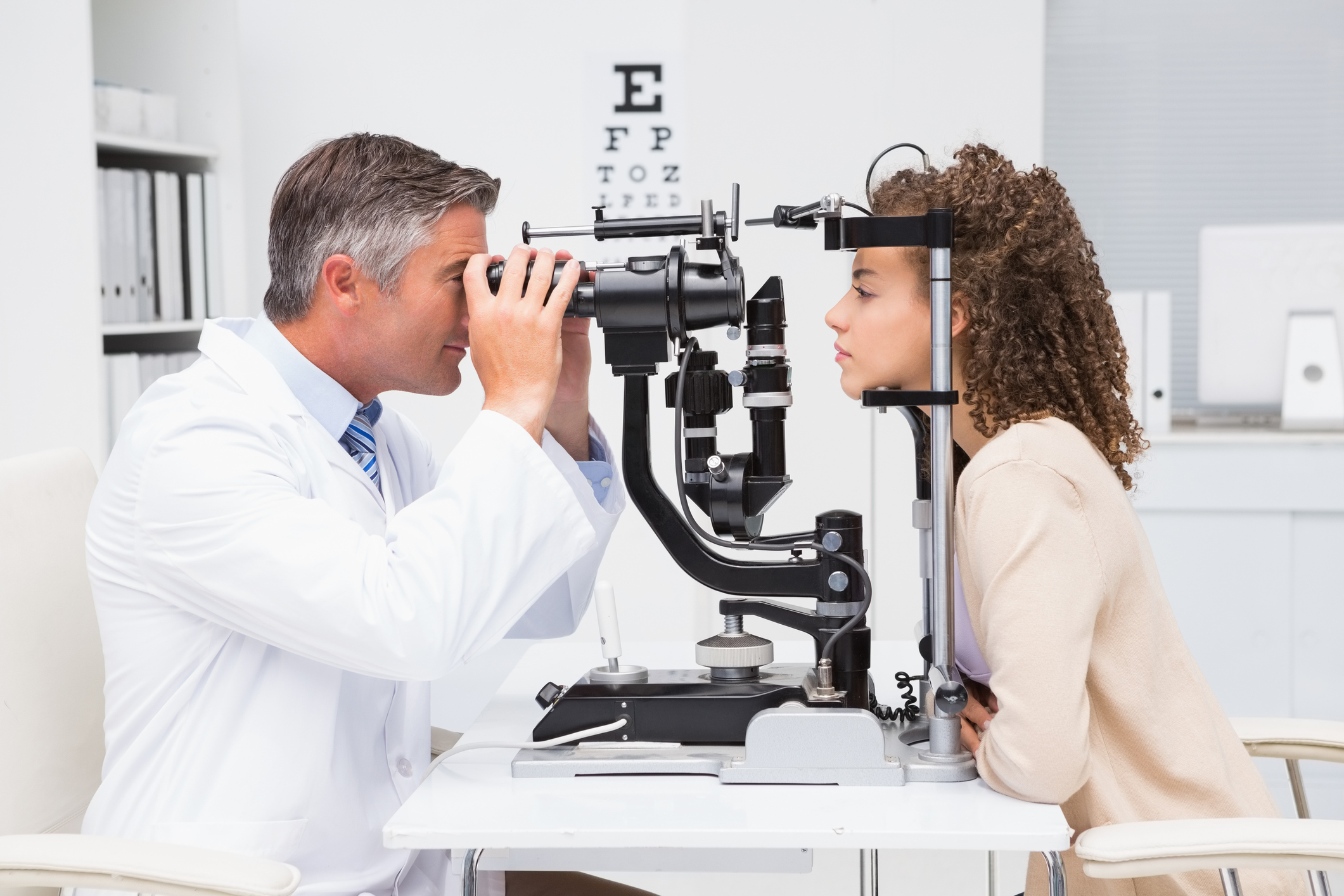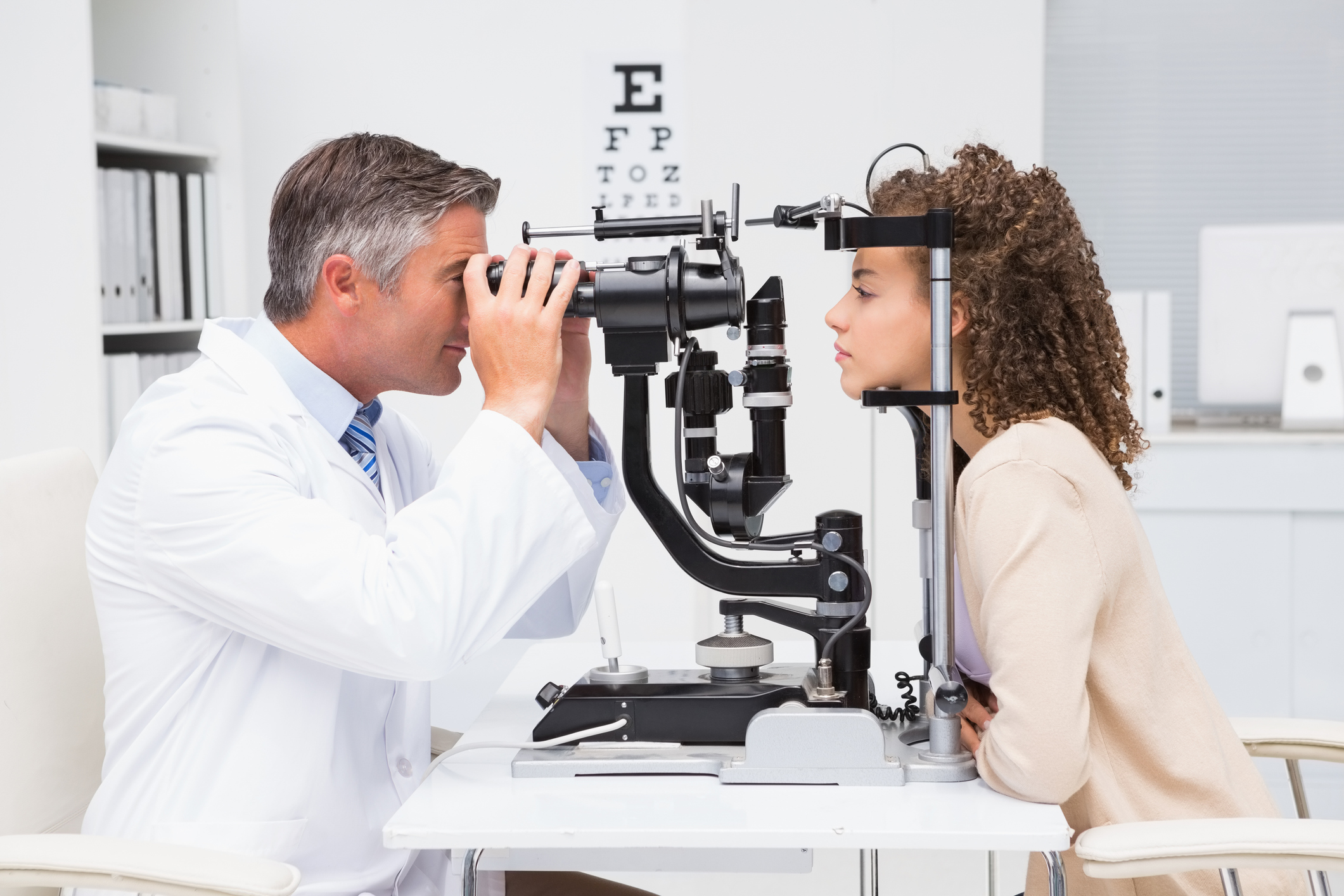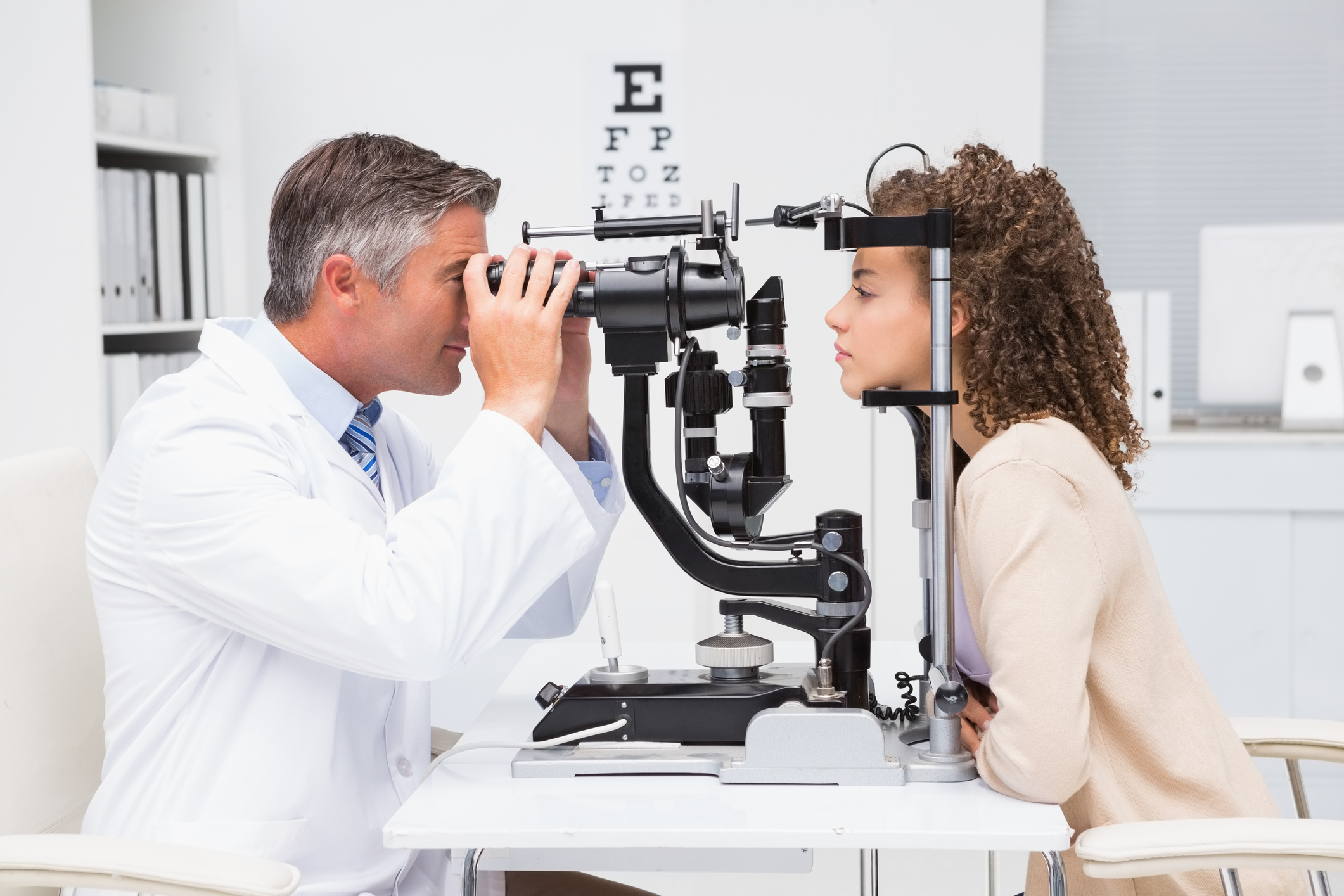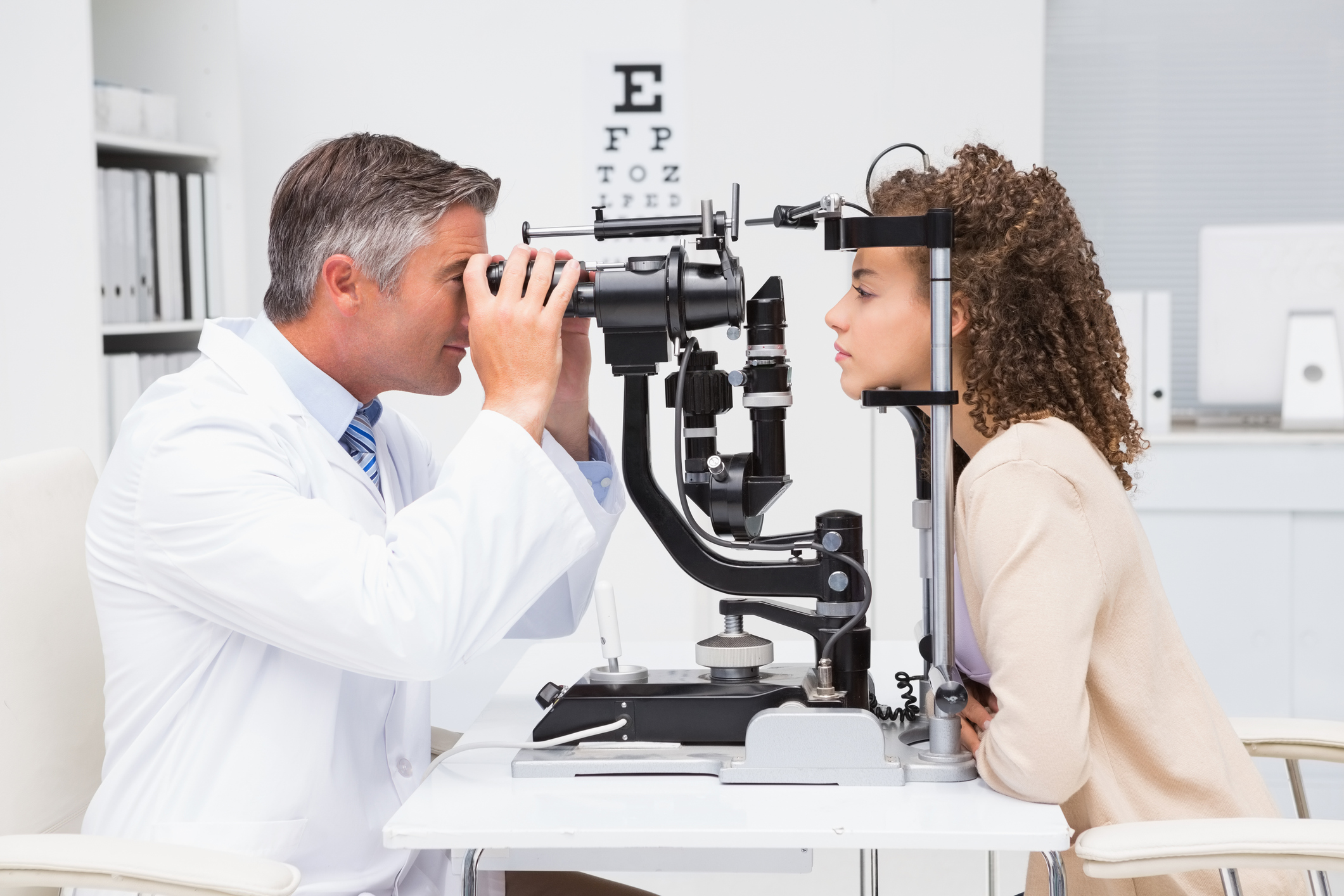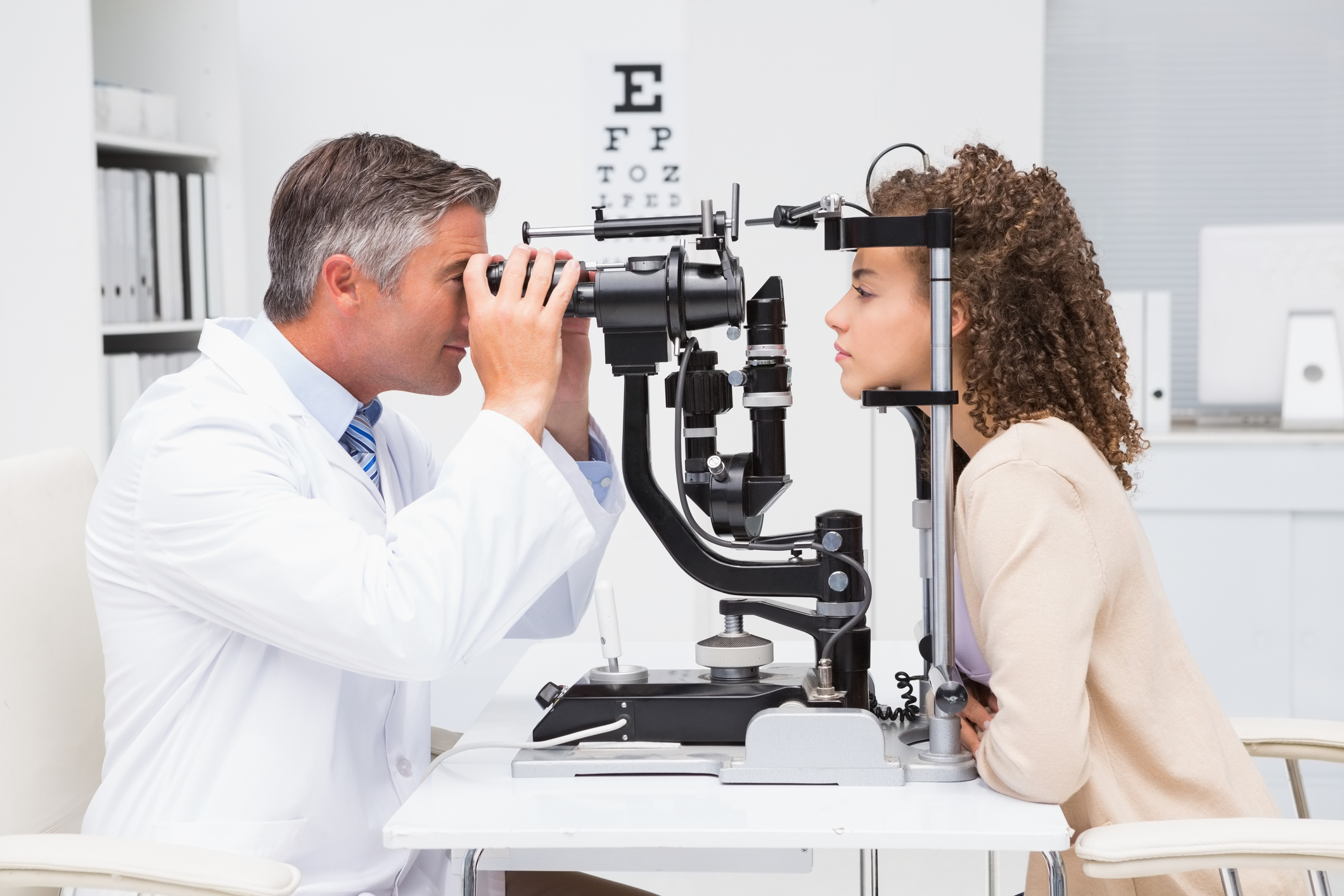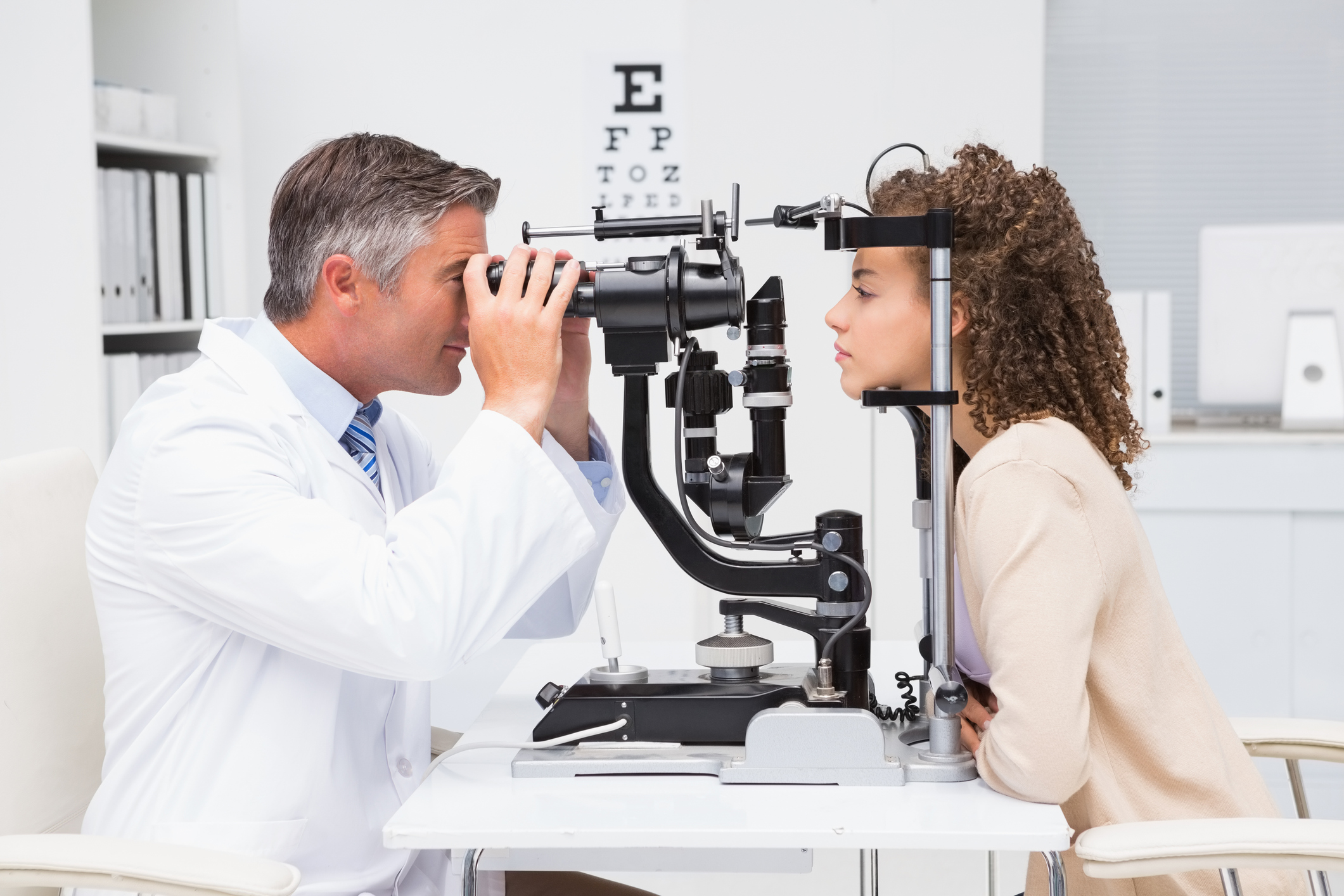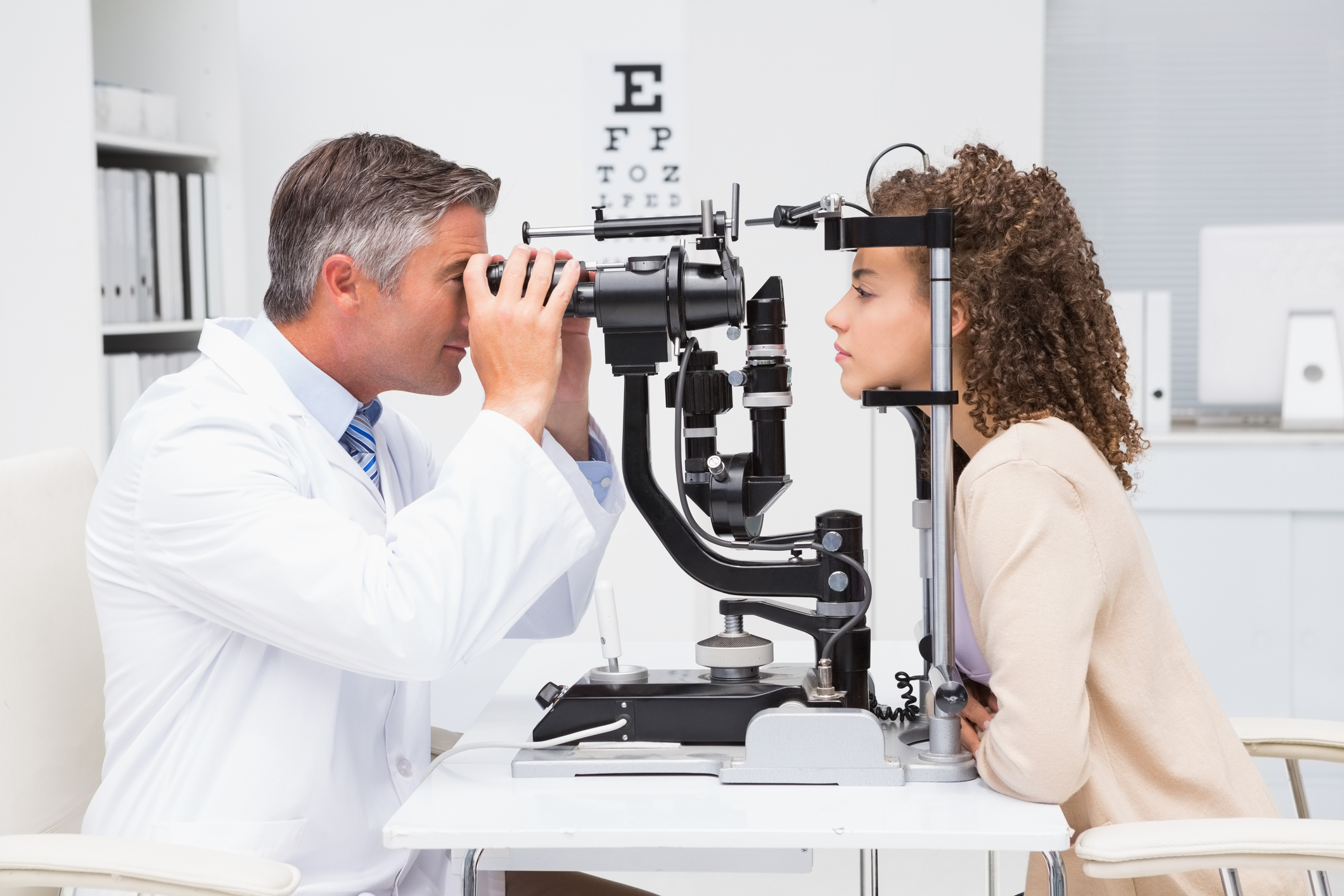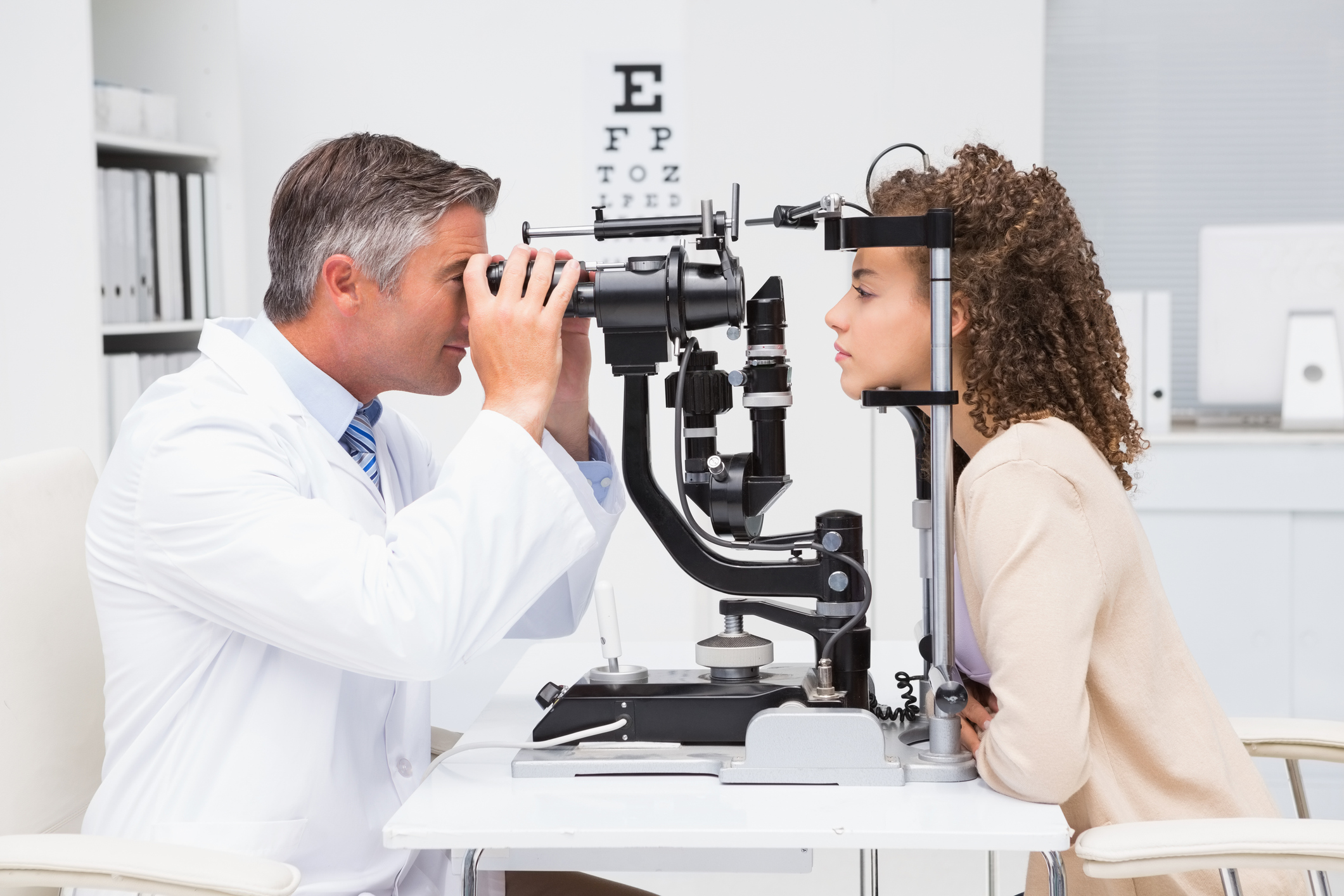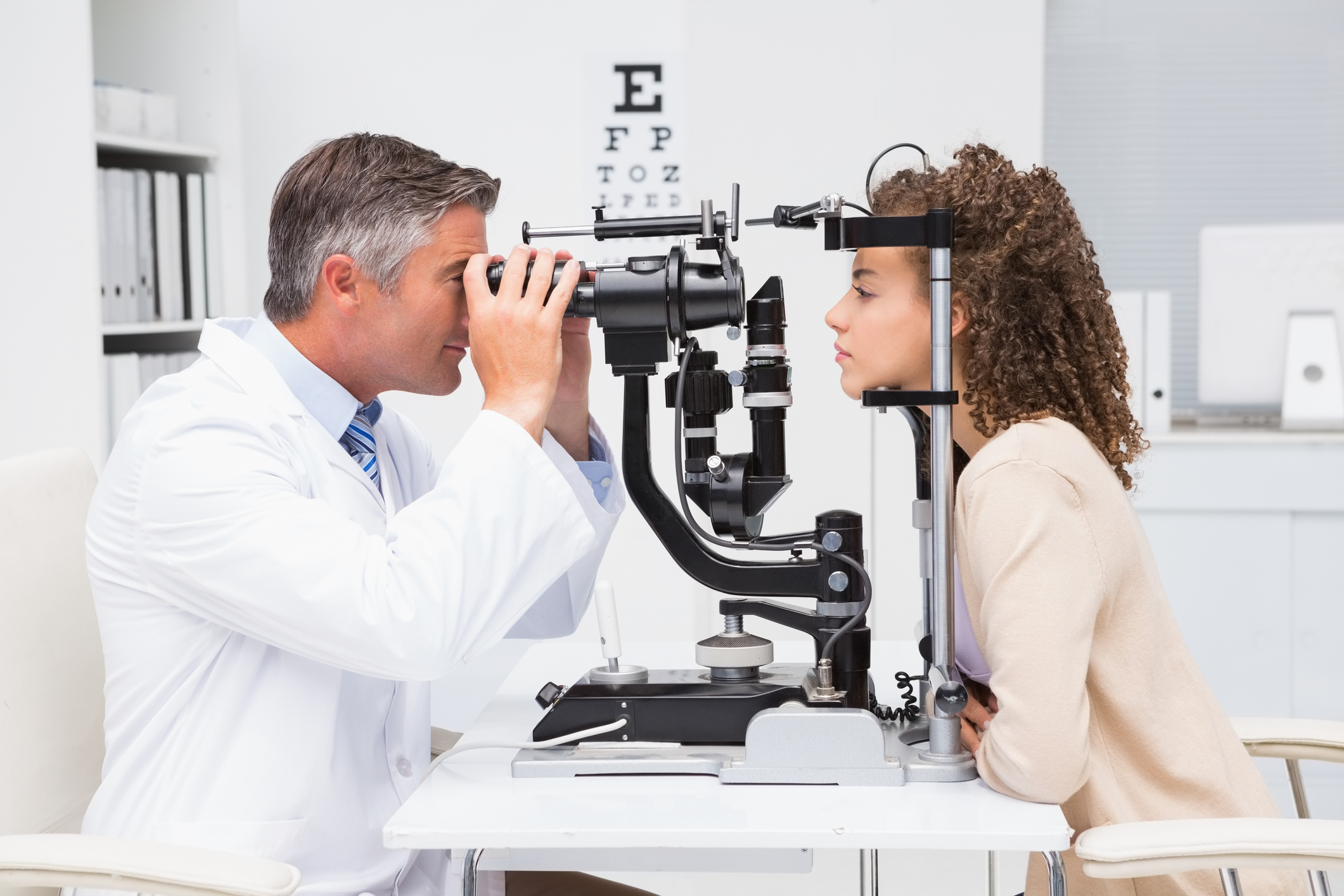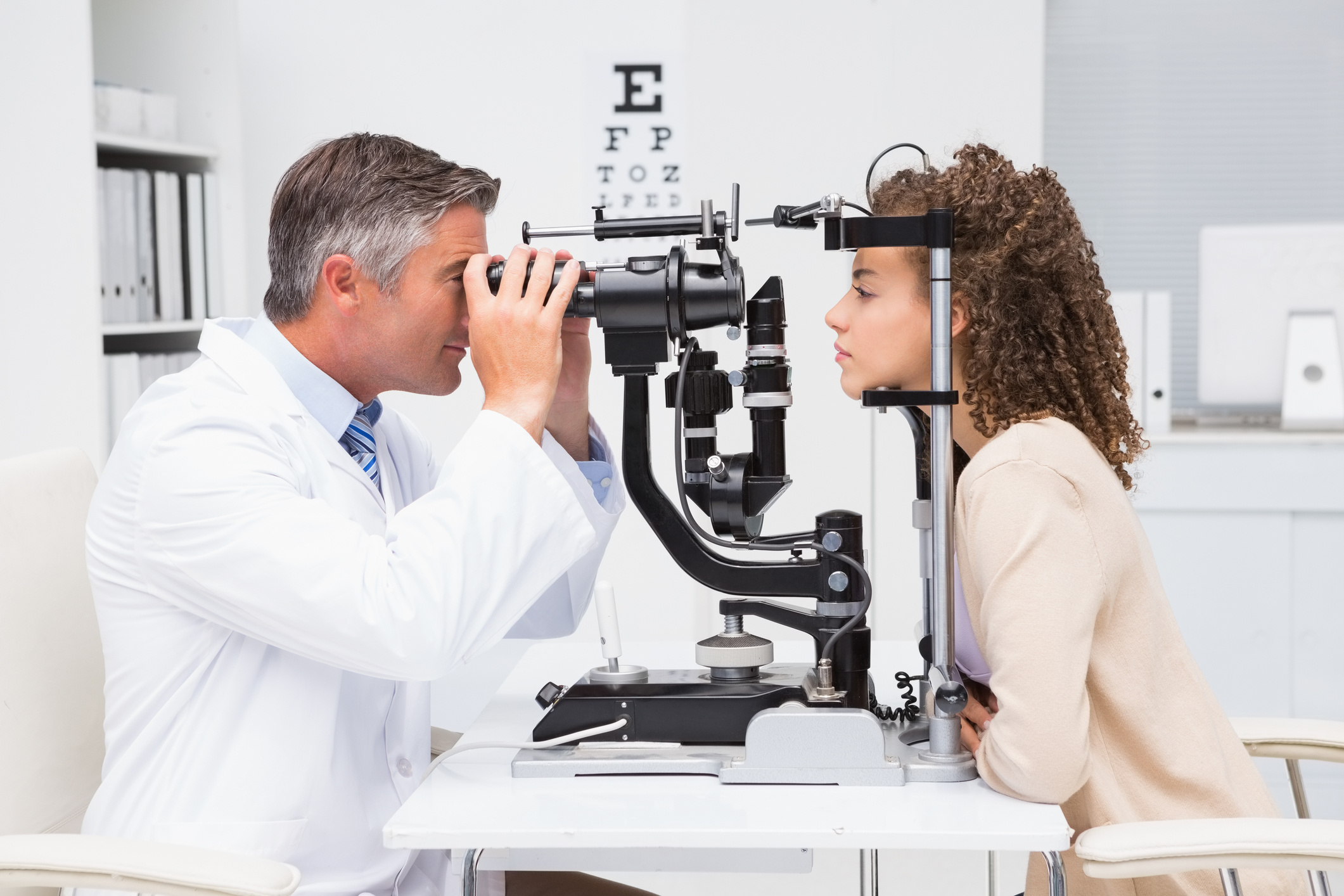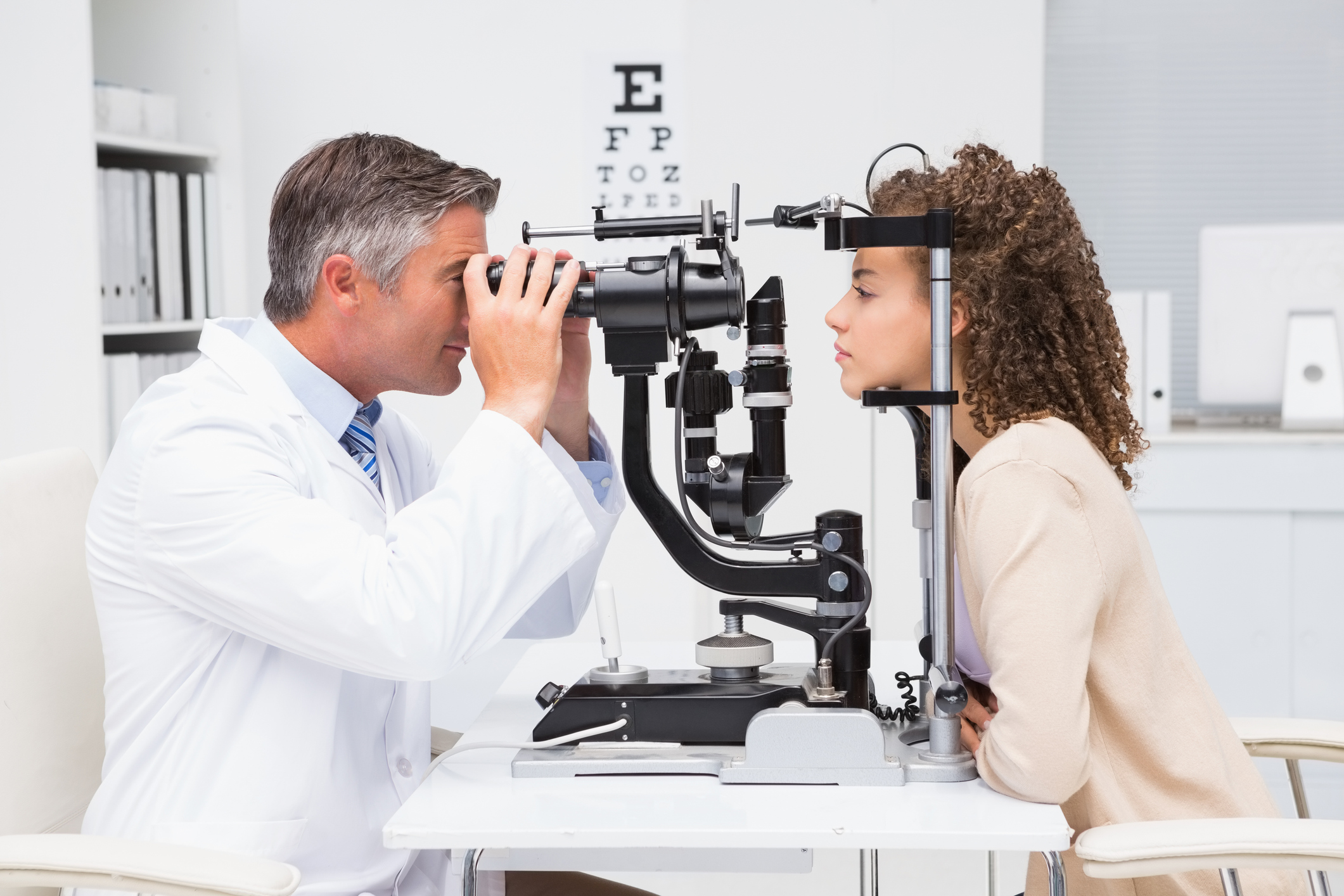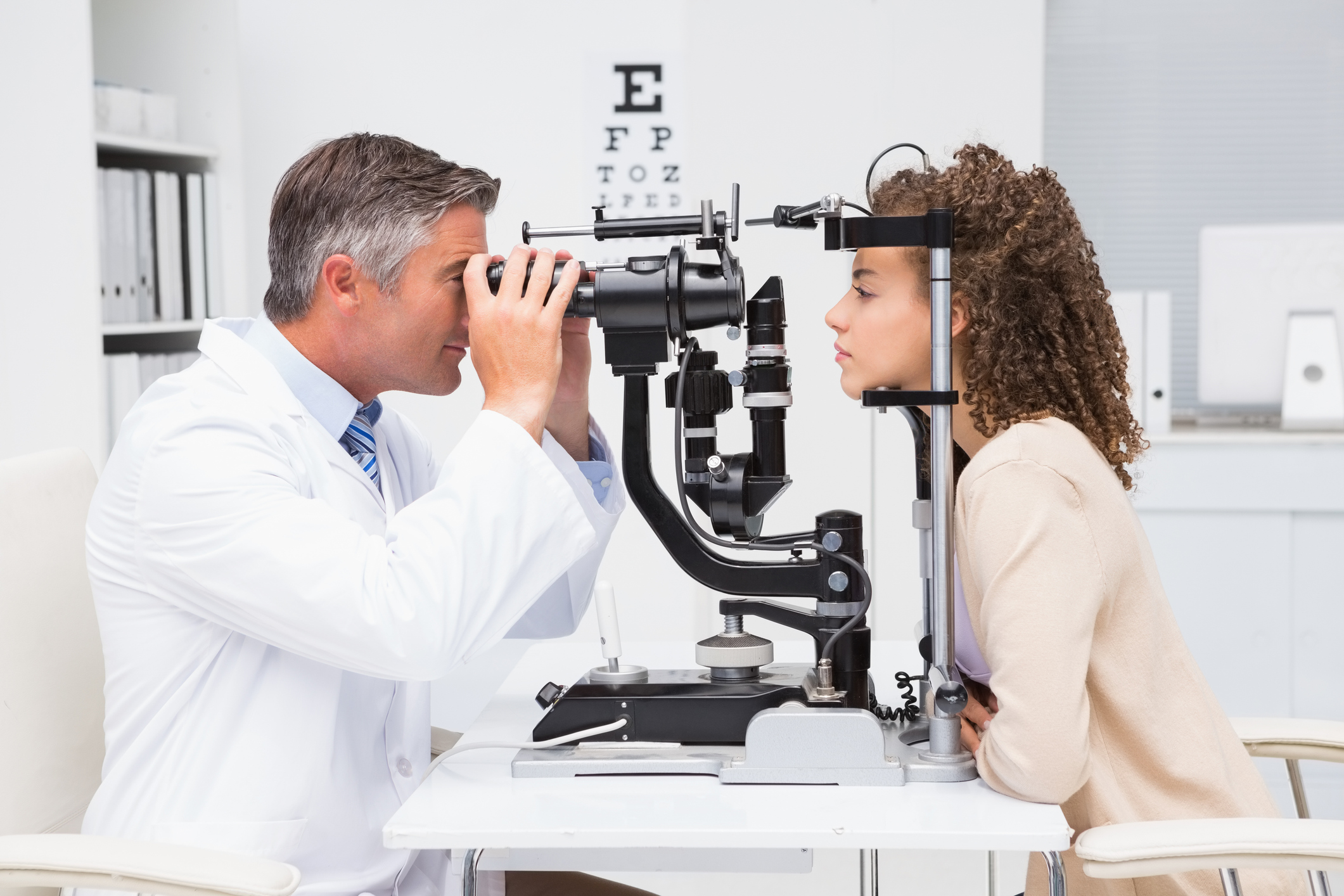Running an optician practice involves managing various risks, not just those related to patient care. One of the most critical yet often overlooked aspects of practice management is ensuring adequate protection for your employees. Optician employers liability insurance provides essential coverage for workplace injuries, accidents, and health issues that may affect your staff while working in your practice.
Understanding Employers Liability Insurance for Opticians
Employers liability insurance is a legal requirement for most UK businesses that employ staff, including optician practices. This insurance protects your practice against claims made by employees who suffer injuries, illnesses, or accidents while at work. For opticians, this coverage is particularly important given the specialized equipment, chemicals, and working conditions present in optical practices.
The insurance covers legal costs and compensation payments if an employee successfully claims against your practice for a work-related injury or illness. Without this protection, your practice could face substantial financial losses that might threaten its viability.
Common Workplace Risks in Optician Practices
Optician practices present unique workplace hazards that make employers liability insurance essential:
Equipment-Related Injuries
Optical practices use sophisticated diagnostic equipment, including autorefractors, slit lamps, and OCT machines. Staff can suffer injuries from improper equipment use, electrical faults, or mechanical failures. Heavy equipment may cause back injuries during installation or maintenance.
Chemical Exposure
Contact lens solutions, cleaning chemicals, and laboratory materials used in lens processing can cause skin irritation, respiratory problems, or chemical burns. Long-term exposure may lead to occupational health issues requiring medical treatment and compensation.
Repetitive Strain Injuries
Optical staff often perform repetitive tasks such as frame adjustments, lens fitting, and computer work for patient records. These activities can lead to repetitive strain injuries, particularly affecting wrists, shoulders, and backs.
Slip, Trip, and Fall Accidents
Busy practices with multiple consultation rooms, narrow corridors, and equipment cables present slip and trip hazards. Wet floors from cleaning or spilled solutions increase accident risks.
Eye Strain and Vision Problems
Ironically, optical staff may develop eye strain from prolonged use of diagnostic equipment, computer screens, and detailed close-up work. This occupational hazard can lead to vision problems requiring treatment and time off work.
Stress-Related Conditions
High patient volumes, complex prescriptions, and demanding customers can create stressful working conditions. Stress-related illnesses may develop, leading to extended sick leave and potential compensation claims.
What Employers Liability Insurance Covers
Comprehensive employers liability insurance for opticians typically includes:
Legal Defense Costs
The insurance covers legal fees, court costs, and expert witness expenses if an employee makes a claim against your practice. Legal costs can escalate quickly, making this coverage invaluable.
Compensation Payments
If a court finds your practice liable for an employee's injury or illness, the insurance covers compensation payments up to the policy limit, typically starting at £10 million.
Medical Expenses
Immediate medical treatment costs for injured employees are covered, including ambulance services, hospital treatment, and ongoing rehabilitation costs.
Lost Wages
Compensation for employees' lost earnings during recovery periods is included, helping maintain staff loyalty and reducing financial hardship.
Occupational Health Claims
Long-term health conditions developed due to workplace exposure or conditions are covered, including respiratory problems from chemical exposure or repetitive strain injuries.
Third-Party Claims
Some policies extend coverage to include claims from temporary staff, contractors, or volunteers working in your practice.
Legal Requirements and Compliance
UK law requires employers liability insurance for most businesses employing staff. The Employers' Liability (Compulsory Insurance) Act 1969 mandates minimum coverage of £5 million, though most insurers offer £10 million as standard.
Certificate Display
You must display your employers liability insurance certificate prominently in your practice where employees can easily see it. Digital certificates are acceptable if accessible to all staff.
Record Keeping
Maintain insurance certificates for at least 40 years, as claims can arise decades after exposure to workplace hazards. This is particularly relevant for chemical exposure cases in optical practices.
Regular Reviews
Annual policy reviews ensure coverage remains adequate as your practice grows and evolves. New equipment, additional staff, or expanded services may require coverage adjustments.
Factors Affecting Insurance Costs
Several factors influence employers liability insurance premiums for optician practices:
Practice Size
Larger practices with more employees typically pay higher premiums due to increased exposure to potential claims.
Claims History
Previous claims significantly impact premium costs. Practices with clean claims records benefit from lower rates and no-claims bonuses.
Risk Management
Implementing comprehensive health and safety procedures, staff training programs, and regular risk assessments can reduce premiums through demonstrating proactive risk management.
Location
Practice location affects costs, with urban areas typically commanding higher premiums due to increased claim frequencies and higher compensation awards.
Equipment and Procedures
Practices using specialized equipment or performing complex procedures may face higher premiums due to increased risk exposure.
Staff Training and Qualifications
Well-trained staff with relevant qualifications present lower risks, potentially reducing insurance costs.
Risk Management Strategies
Effective risk management reduces both accident likelihood and insurance costs:
Comprehensive Training Programs
Implement thorough training for all staff covering equipment operation, chemical handling, and safety procedures. Regular refresher training ensures continued compliance.
Health and Safety Policies
Develop detailed health and safety policies covering all aspects of practice operations. Regular policy reviews ensure continued relevance and effectiveness.
Equipment Maintenance
Regular equipment servicing and maintenance reduces malfunction risks that could cause staff injuries. Maintain detailed service records for insurance purposes.
Workplace Assessments
Conduct regular workplace risk assessments identifying potential hazards and implementing corrective measures. Document all assessments and remedial actions taken.
Incident Reporting
Establish clear incident reporting procedures encouraging staff to report near-misses and minor accidents. This proactive approach helps prevent serious incidents.
Personal Protective Equipment
Provide appropriate PPE for staff handling chemicals or operating equipment. Ensure proper training on PPE use and regular replacement schedules.
Choosing the Right Coverage
Selecting appropriate employers liability insurance requires careful consideration of your practice's specific needs:
Coverage Limits
While £5 million is the legal minimum, most practices benefit from £10 million coverage. Consider higher limits if your practice faces elevated risks or operates in high-compensation areas.
Policy Extensions
Consider additional coverage for overseas travel, temporary staff, and work-related stress claims. These extensions provide comprehensive protection for modern optical practices.
Excess Levels
Balance excess amounts with premium costs. Higher excesses reduce premiums but increase your financial exposure for smaller claims.
Insurer Reputation
Choose insurers with strong reputations for claims handling and customer service. Quick, fair claims resolution is crucial during difficult periods.
Specialist Knowledge
Select insurers or brokers with specific experience in optical practice insurance. They understand unique risks and can provide tailored coverage recommendations.
Claims Process and Support
Understanding the claims process helps ensure smooth resolution when incidents occur:
Immediate Notification
Report incidents to your insurer immediately, even if no claim is initially made. Early notification protects your position and ensures proper investigation.
Documentation
Maintain detailed records of all incidents, including witness statements, photographs, and medical reports. Comprehensive documentation supports successful claims defense.
Legal Support
Your insurer provides legal representation and expert witnesses if claims proceed to court. Cooperate fully with legal teams to achieve the best outcomes.
Rehabilitation Support
Many insurers offer rehabilitation services helping injured employees return to work quickly. This reduces claim costs and maintains practice productivity.
Cost Management
Several strategies help manage employers liability insurance costs effectively:
Annual Reviews
Review coverage annually ensuring it remains appropriate for your practice's current situation. Remove unnecessary coverage and add protection for new risks.
Risk Reduction
Implement comprehensive risk management programs demonstrating your commitment to staff safety. Many insurers offer premium discounts for effective risk management.
Claims Management
Handle minor incidents promptly and professionally, potentially avoiding formal claims. Quick resolution of legitimate concerns maintains staff relationships and reduces costs.
Group Policies
Consider group insurance schemes through professional associations or buying groups. These arrangements often provide cost savings and enhanced coverage options.
Industry-Specific Considerations
Optician practices face unique challenges requiring specialized insurance approaches:
Regulatory Compliance
Ensure your insurance meets General Optical Council requirements and other regulatory standards. Non-compliance can void coverage when you need it most.
Professional Integration
Coordinate employers liability insurance with professional indemnity and other practice insurances. Avoid coverage gaps that could leave you exposed.
Technology Risks
Modern optical equipment presents new risks requiring updated coverage. Ensure your policy covers injuries from laser equipment, digital imaging systems, and computerized testing devices.
Patient Interaction Risks
Staff may face risks from difficult or violent patients. Ensure coverage includes assault and stress-related claims from patient interactions.
Future Trends and Considerations
The optical industry continues evolving, creating new considerations for employers liability insurance:
Remote Working
Increased administrative remote working requires coverage for home-based employees. Ensure policies cover staff working from home or multiple locations.
Mental Health Awareness
Growing awareness of workplace mental health issues may increase stress-related claims. Consider coverage for counseling services and mental health support.
Technology Integration
Artificial intelligence and automated systems in optical practices may create new liability exposures requiring updated coverage approaches.
Regulatory Changes
Stay informed about changing employment law and health and safety regulations affecting your insurance requirements and coverage needs.
Conclusion
Employers liability insurance represents a crucial investment in your optician practice's financial security and staff welfare. While legally required, the right coverage provides peace of mind knowing your practice can handle workplace injury claims without threatening its viability.
The unique risks present in optical practices – from specialized equipment to chemical exposure – make comprehensive coverage essential. By implementing effective risk management strategies and choosing appropriate insurance coverage, you protect both your staff and your practice's future.
Regular policy reviews, proactive risk management, and working with experienced insurance professionals ensure your coverage remains effective as your practice evolves. Remember, employers liability insurance isn't just about legal compliance – it's about creating a safe, secure working environment that attracts and retains quality staff while protecting your practice's reputation and financial stability.
Investing in comprehensive employers liability insurance demonstrates your commitment to staff welfare and professional responsibility, essential qualities for any successful optician practice in today's competitive healthcare environment.
Get Expert Advice on Optician Insurance
For tailored employers liability insurance advice for your optician practice, contact our specialist team at 0330 127 2333 or visit www.insure24.co.uk for a comprehensive quote.


 0330 127 2333
0330 127 2333
